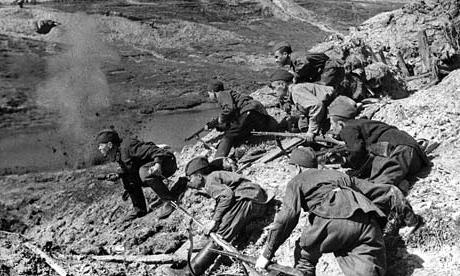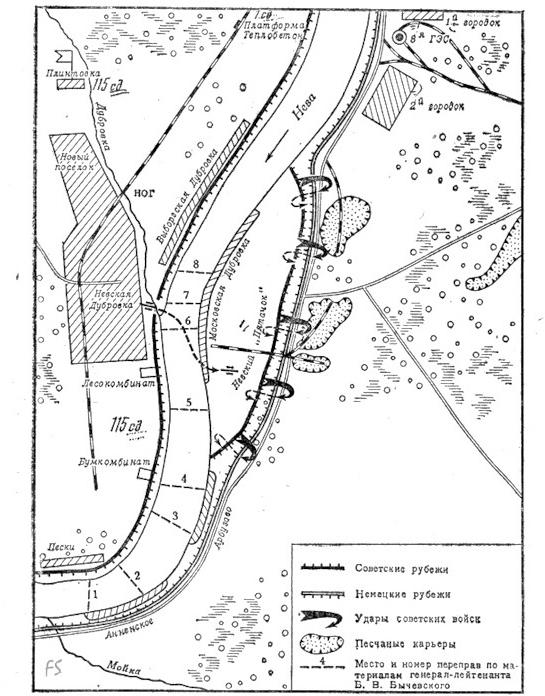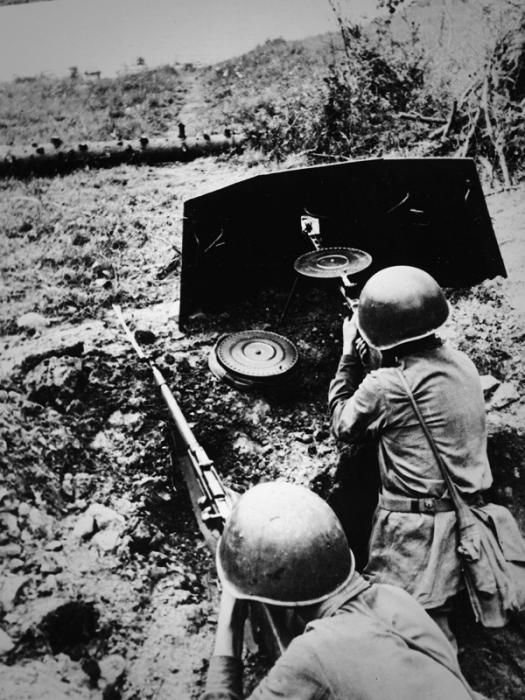In the history of the Second World War there are many tragic pages, bloody battles and epic battles. Dozens of feature films, hundreds of literary works, historical studies and memoirs are devoted to battles on the Volga and Dnieper, near Kursk and Kharkov, on the Vistula and Oder. Less well-known is the legendary bridgehead called “Nevsky Piglet”, where in the period from September forty-first to January forty-third the heroic and bloody saga unfolded, which became one of the most tragic pages of our military history.

On a tiny stretch of land along the right bank of the Neva , almost continuous exhausting battles took place during the indicated period. On a piece of land, covering an area of two and a half kilometers along the front and seven hundred meters in depth, every night, making up for innumerable daily losses, more and more new units landed under a barrage of tornado to continue to hold the only bridgehead in the territory captured by the enemy. Nevsky patch was to become the springboard from which it was planned to begin the operation to release the besieged huge dying Leningrad, crowded not only with the local population, but also with numerous refugees from the Baltic states.

On September 1, troops of Army Group North seized Estonia, and divisions of the Soviet 23rd Army on the Karelian Isthmus were forced to retreat to the state border of 1939. The Finns regained their positions on the Sestra River. On September 4, long-range French-made guns of the eighteenth German army opened fire on the city blocks of Leningrad for the first time. The armored skating rink of the Wehrmacht was inexorably approaching the city. In September, 5364 shells were fired in Leningrad.
On September 6, Hitler ordered Field Marshal Leeb to surround the city and join Finnish troops north of it on the right bank of the Neva. Now we can only guess what the fate of Leningrad would be if the units of the one hundred and fifteenth infantry division could not capture and heroically hold the Nevsky Piglet, abundantly watered with the blood of Soviet soldiers. Especially considering the fact that on the same day (September 6th) the Germans took possession of the strategically important railway station Mga, and on the eighth of that day Shlisselburg fell.

Nevsky Piglet on the map looks like a simple narrow strip of coastline. But it was precisely this patch of land that the Soviet command assigned a decisive role in the offensive operation to break through the blockade ring. According to statistics, about fifty thousand Soviet soldiers were killed here. The offensive was planned to be conducted in the direction of the Sinyavino-Shlisselburgsky ledge - the narrowest section of the front, where the Nazis drove a ten-kilometer wedge between the troops of two Soviet fronts - Volkhovsky and Leningradsky. Taking advantage of the favorable terrain, the enemy erected three powerful defensive lines here.
On the night of September 19 to September 20, divisions of the Fourth Marine Brigade, one hundred and fifteenth SD and the first rifle division of the NKVD managed to force a 600-meter water line under heavy storm fire and gain a foothold on the right bank of the Neva. This tiny strategic bridgehead was aptly named “Nevsky Piglet”. Photos and shots of a military newsreel captured the land plowed by shells and dug with bullets, which was to play a crucial role in the fate of besieged Leningrad.
Clinging to the steep steep slopes of the Neva coast, our warriors paid with their lives for the coming victory. The dominance of the Luftwaffe in the sky made it possible to precisely determine the time of the next crossing of fresh units to the Nevsky Piglet, as a result of which many soldiers found their last refuge in the cold waters of the Neva. The village of Dubrovka acted as a kind of drive, a launching pad, which constantly fed the bridgehead with fresh troops.
It was here that, on a completely open coastal strip, under continuous and brutal fire impact of artillery and enemy aircraft, airborne battalions, companies and regiments hastily assembled, which were immediately sent to the Neva cauldron boiling from explosions. The only hope of the paratroopers was the night haze, which did not always help out. Due to the incredible concentration of troops in a narrow area, the enemy had the opportunity to fire even blindly.